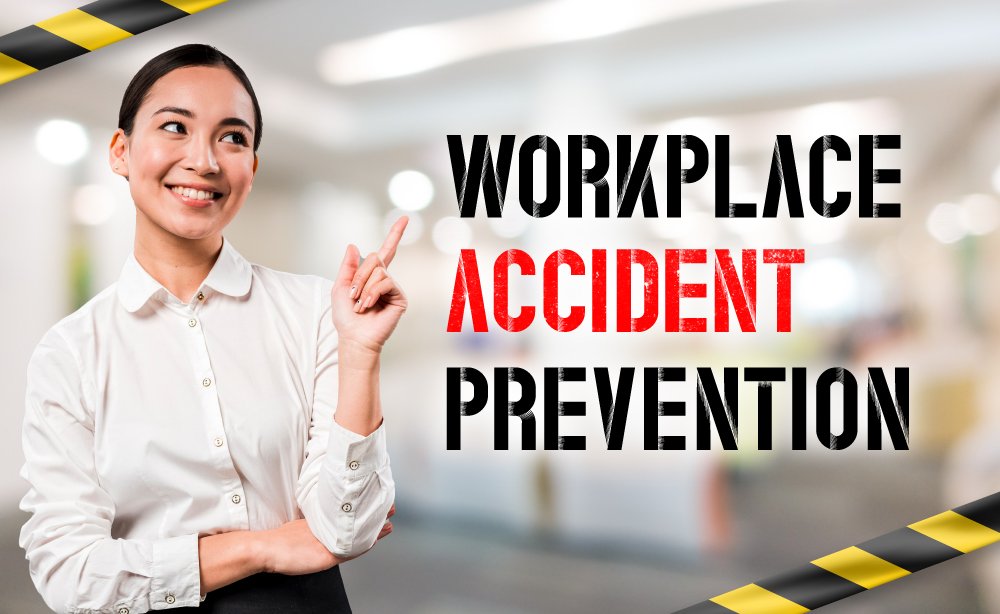Navigating the Road: A Guide to Avoiding Road Accidents
Every time we step into a vehicle and hit the road, we are taking on a certain level of risk. Road accidents are unfortunately all too common, but there are steps we can take to minimize the chances of being involved in one. In this guide, we will explore some practical tips and strategies for navigating the road safely and avoiding accidents.
1. Stay Focused and Alert Accident-Free Driving
One of the most important aspects of safe driving is staying focused and alert at all times. This means avoiding distractions such as texting or talking on the phone, eating, or engaging in any other activities that take your attention away from the road. Keep your eyes on the road, hands on the wheel, and mind on the task of driving.
It’s also crucial to be aware of your Accident-Free Driving surroundings and anticipate potential hazards. Scan the road ahead and check your mirrors regularly to stay informed about what’s happening around you. This will give you more time to react and avoid dangerous situations.
2. Follow Traffic Laws
Traffic laws exist for a reason – to keep everyone on the road safe. It’s essential to obey these laws and regulations, including speed limits, traffic signs, and signals. Adhering to these rules not only reduces the risk of accidents but also helps maintain a smooth flow of traffic.
Remember to always use your turn signals when changing lanes or making turns, and come to a complete stop at stop signs and red lights. Avoid aggressive driving behaviors such as tailgating, speeding, or weaving in and out of traffic. These actions not only increase the likelihood of accidents but can also lead to road rage incidents.
3. Maintain Your Vehicle
Regular vehicle maintenance is crucial for both your safety and the safety of others on the road. Make sure to schedule routine inspections and servicing to keep your car in optimal condition. This includes checking your tires, brakes, lights, and fluid levels regularly.
Properly inflated tires with good tread are essential for maintaining traction and control. Faulty brakes or worn-out brake pads can significantly increase your stopping distance, putting you at a higher risk of accidents. Faulty lights can make it Accident-Free Driving difficult for other drivers to see you, especially at night. Regular maintenance and prompt repairs can help prevent these issues and ensure your vehicle is safe to drive.
4. Practice Defensive Driving
Defensive driving is a proactive approach Accident-Free Driving to road safety that involves anticipating potential hazards and taking steps to avoid them. This means being prepared for the unexpected and being aware of the actions of other drivers around you.
Keep a safe following distance from the vehicle in front of you, allowing enough time to react if they suddenly brake or make a maneuver. Be cautious at intersections, even if you have the right of way, as other drivers may not adhere to traffic signals. Avoid aggressive or confrontational behavior and always yield to pedestrians and cyclists.
5. Be Mindful of Weather Conditions
Weather conditions can significantly impact road safety. It’s important to adjust your driving behavior according to the current weather conditions. Rain, snow, fog, and ice can make the roads slippery and reduce visibility, increasing the chances of accidents.
Reduce your speed and increase your following distance in adverse weather conditions. Use your headlights and windshield wipers as Accident-Free Driving necessary to improve visibility. If the weather becomes too severe, consider pulling over and waiting until conditions improve.
6. Avoid Driving Under the Influence
Driving under the influence of alcohol or drugs is not only illegal but also extremely dangerous. It impairs your judgment, coordination, and reaction time, making you more likely to be involved in an accident. If you plan on drinking, Accident-Free Driving always designate a sober driver or use alternative transportation options such as taxis or ride-sharing services.
Prescription and over-the-counter medications can also impair your ability to drive. Read the labels and consult with your doctor or pharmacist to understand any potential side effects that may affect your driving.
7. Stay Calm in Stressful Situations
Stressful situations on the road can often lead to impulsive and unsafe behaviors. It’s important to stay calm and composed, even in Accident-Free Driving frustrating or challenging situations. Taking a deep breath, listening to calming music, or using other relaxation techniques can help you maintain a clear mind and make better decisions.
If you find yourself in a conflict with another driver, it’s best to disengage and avoid escalating the situation. Remember that your Accident-Free Driving safety and the safety of others should always be your top priority.
Conclusion
By following these tips and strategies, you can significantly reduce the risk of being involved in a road accident. Remember to stay focused and alert, follow traffic laws, maintain your vehicle, practice defensive driving, be mindful of Accident-Free Driving weather conditions, avoid driving under the influence, and stay calm in stressful situations.
Safe driving is a responsibility we all share, and by taking these precautions, we can contribute to a safer and more enjoyable experience on the road for everyone.
